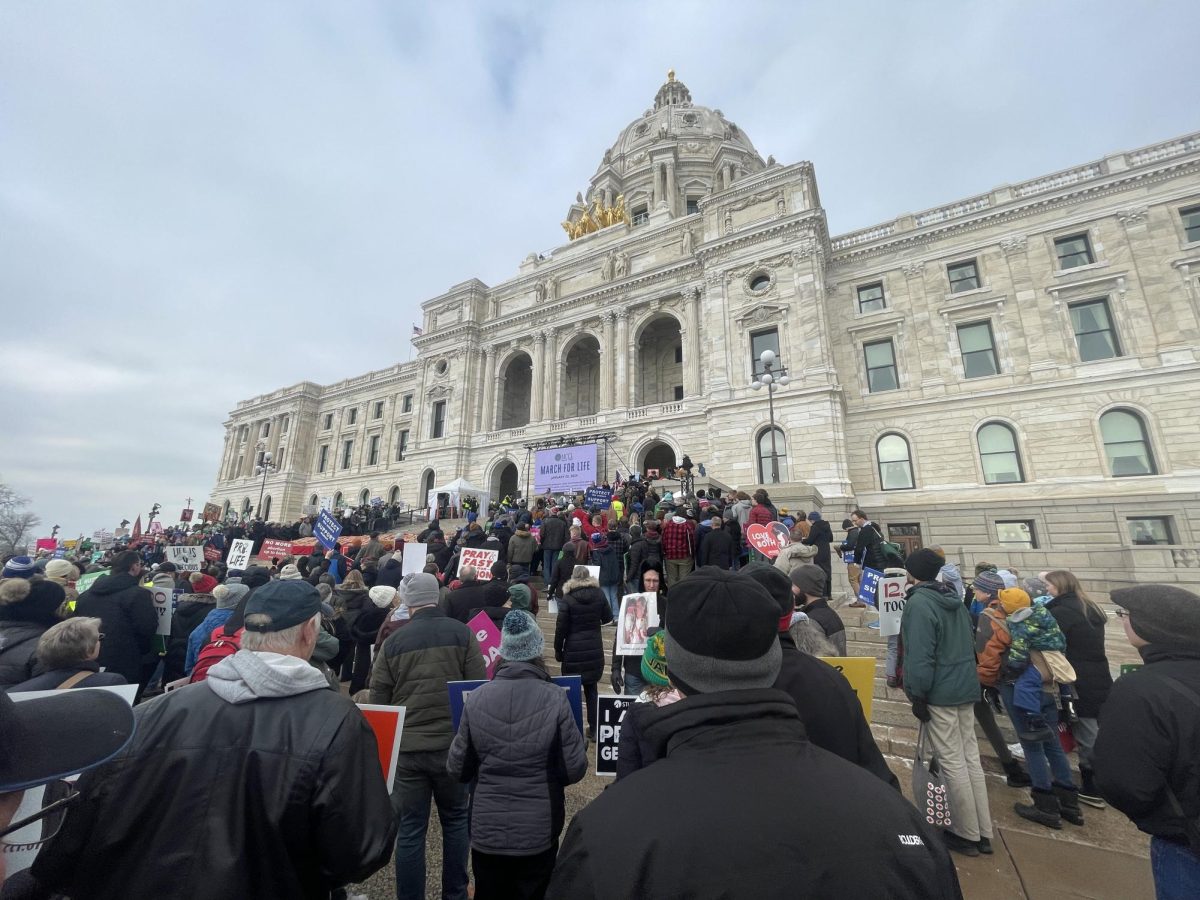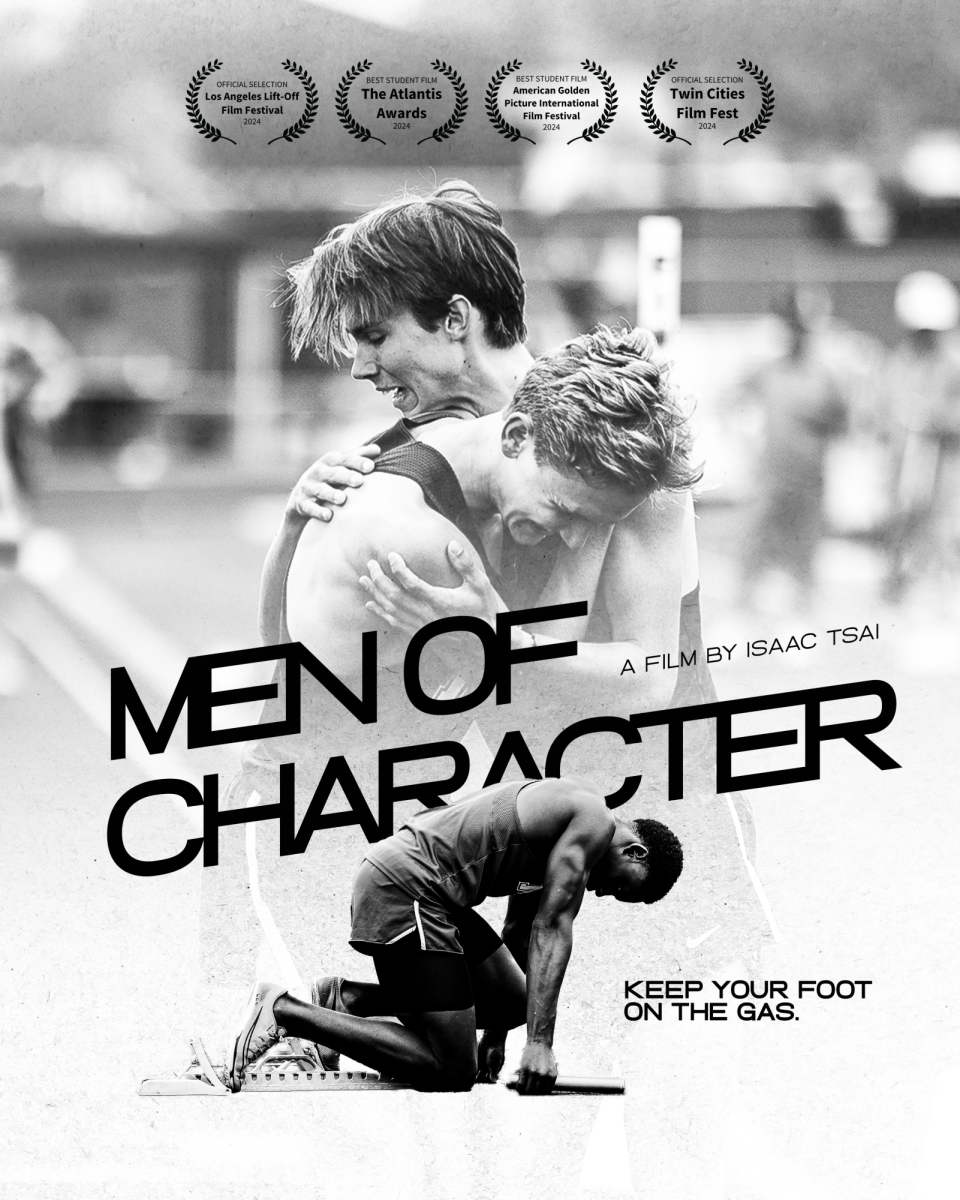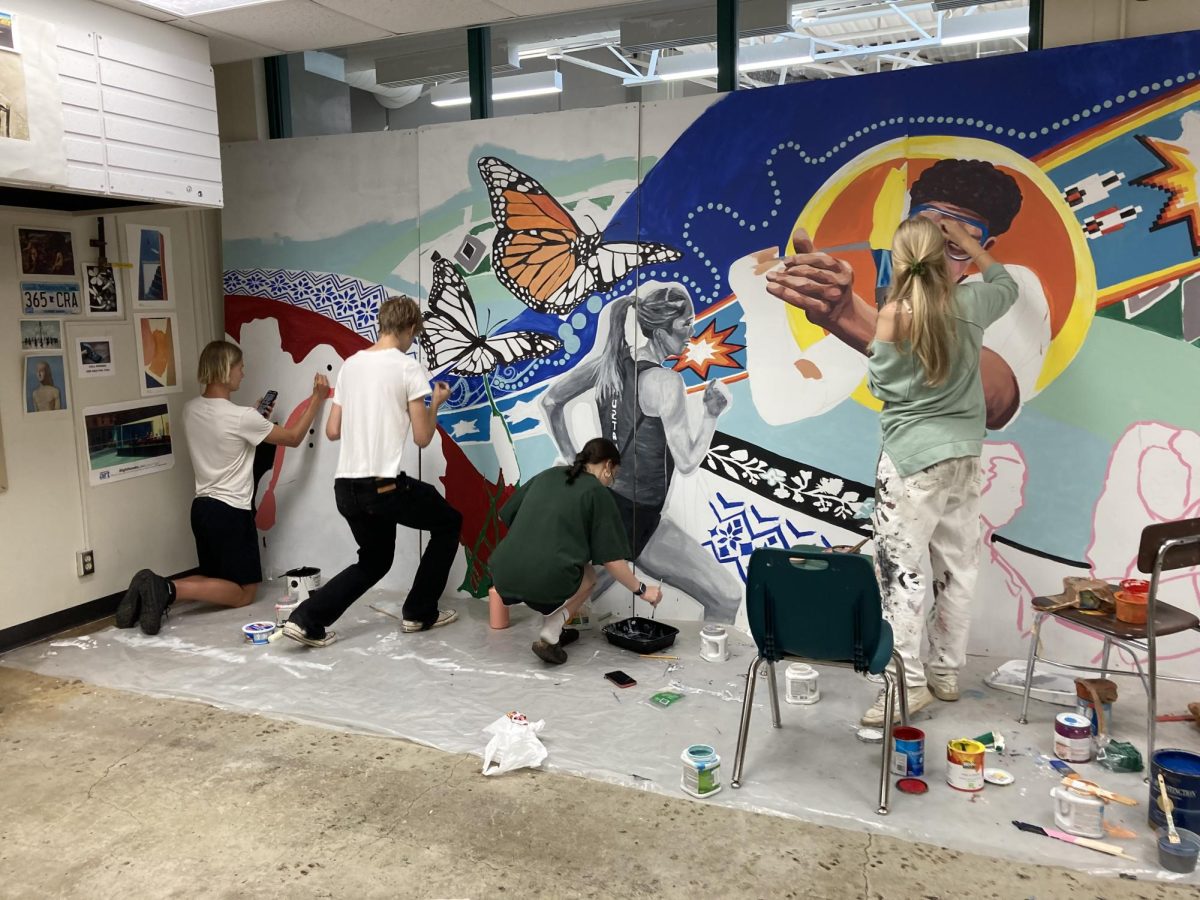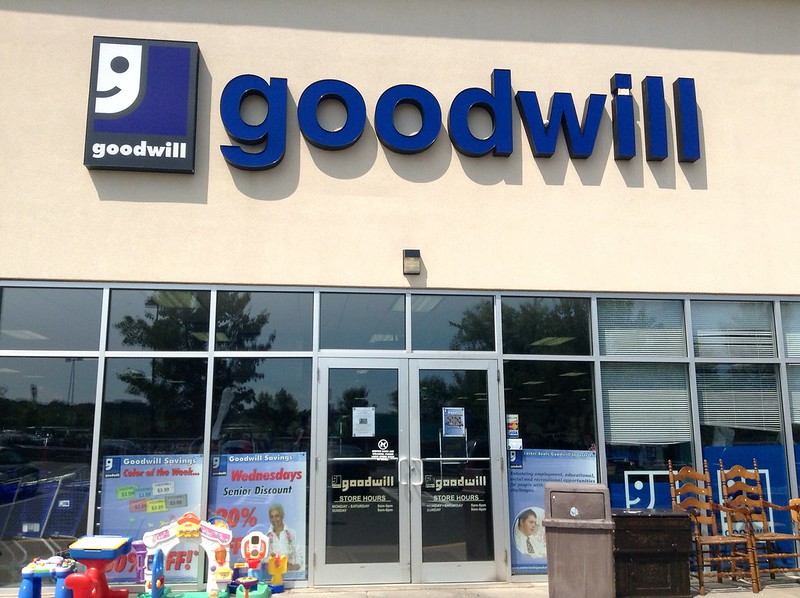Thrifting prices have changed throughout the years, but no one has truly shined a light on how these changes impact the thrifting community. While people go to thrift stores expecting to save money and find good deals, most are finding raised prices and no discounts. With the rapid increases in thrifting prices, people are asking themselves, is it truly worth it?
Many love thrifting because of the unique and vintage pieces they can find. They find joy in finding random nick-nacks or grandma sweaters with cool patterns. Others thrift for the want of sustainability. Some economies not only save certain clothes from landfills, but they can also help thrifters restyle clothes and upgrade their styles. Junior Gabby Haake has found thrifting very helpful with both of these. “It was more of a personal style thing. I was finding my style, and I used thrifting to take advantage of that. But I also learned about how to shop more sustainably, and that’s something that I was interested in and passionate about. So I used thrift stores for that as well,” said Haake.
However, thrift stores are starting to feel the impact of rising costs and inflation. People have found that sweaters that used to be $2 or $3 are now $10 to $14. Some prices even meet or surpass prices from big retail stores such as Target, Walmart, and Macy’s.
The US Census Bureau states that in 2023, around 16-18% of Americans will use thrifting as their primary source of clothing and other supplies. Thrifting is supposed to be a resource that provides people with discounted shopping, but these increases in prices are harming what thrifting used to be. “No one wants to spend money on overpriced junk, but where will it go otherwise?” said senior Nouchee Yang from Highland Park Senior High in Saint Paul. Although nobody wants to spend money on junk, let alone overpriced junk, thrift stores are supplied with various items, ranging from fast fashion to high-end clothing brands.
Fashion has a bustling community, with people joining for various reasons. Some people find themselves thrifting for enjoyment and items. “I can find unique clothing that you know might not be sold at stores because it’s not like what’s currently trending,” said junior Daria Kianian. Meanwhile, some find the clothes a necessity. “I thrift when I need clothes,” said Yang.
Most thrifters have noticed an increase in prices at Goodwill. “I think I like to go to the shops that haven’t been changing their prices, but when I go to Goodwill, I find myself buying less than I normally would,” said Kianian. Goodwill is one of the most recognizable thrifting businesses and a primary source of secondhand items for most people. Yet, many people are turning away from thrifting due to the price changes. “Increased pricing has impacted my thrifting experience. Since prices have gotten so high, it seems easier to buy a quality brand name rather than a worn, used item,” said Yang.
With all of these issues, low-income households find themselves stuck. They need clothes and cannot afford to buy them new and now can’t afford to buy them used. This situation traps them in a hole that is hard to escape from. If prices continue to increase, this hole will continue to get more profound, and eventually, it will be too deep to climb back out.




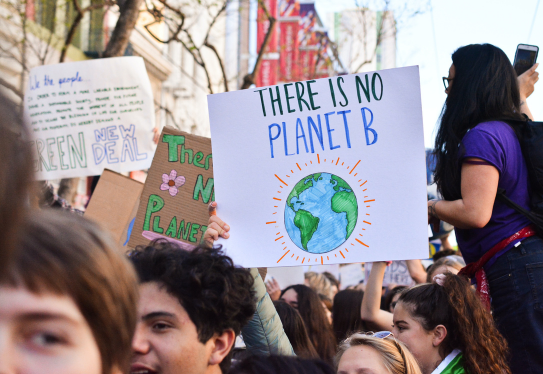

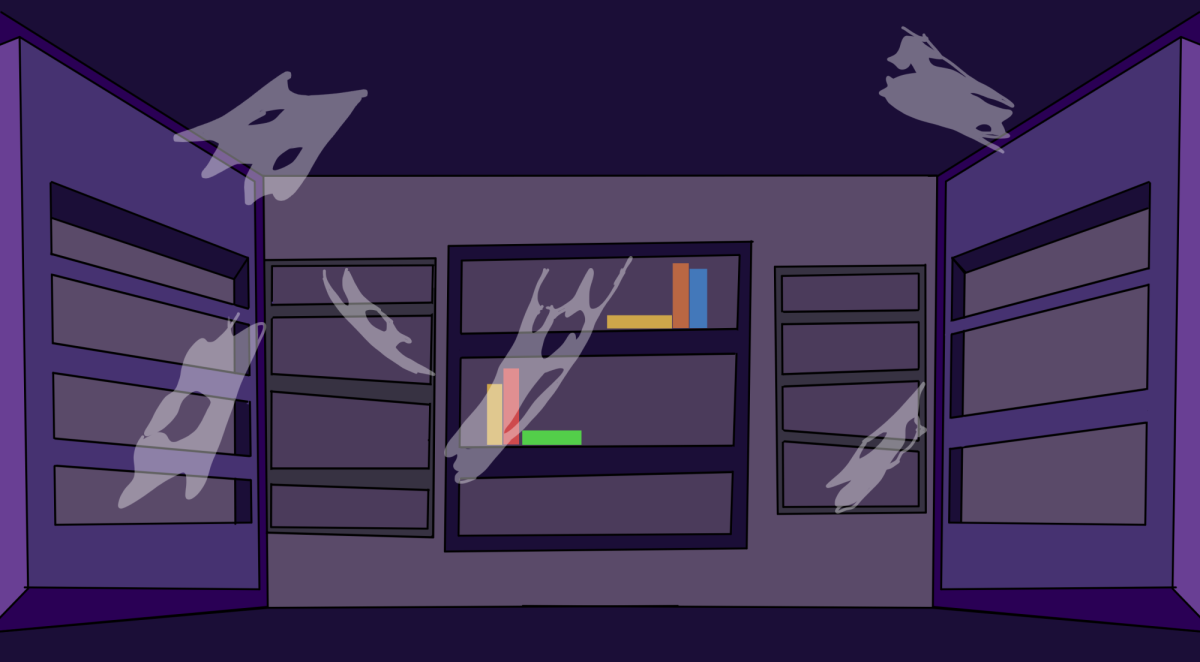

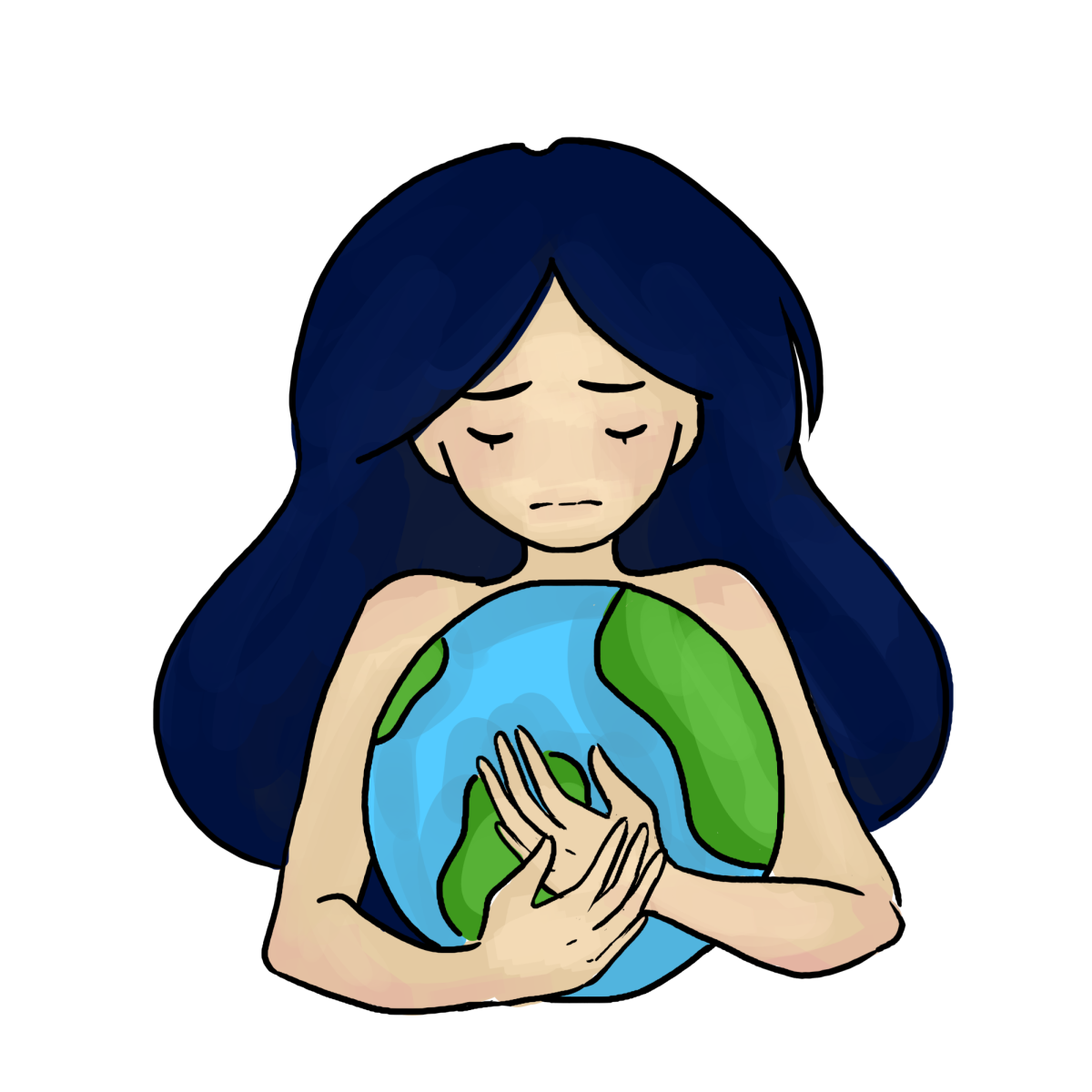




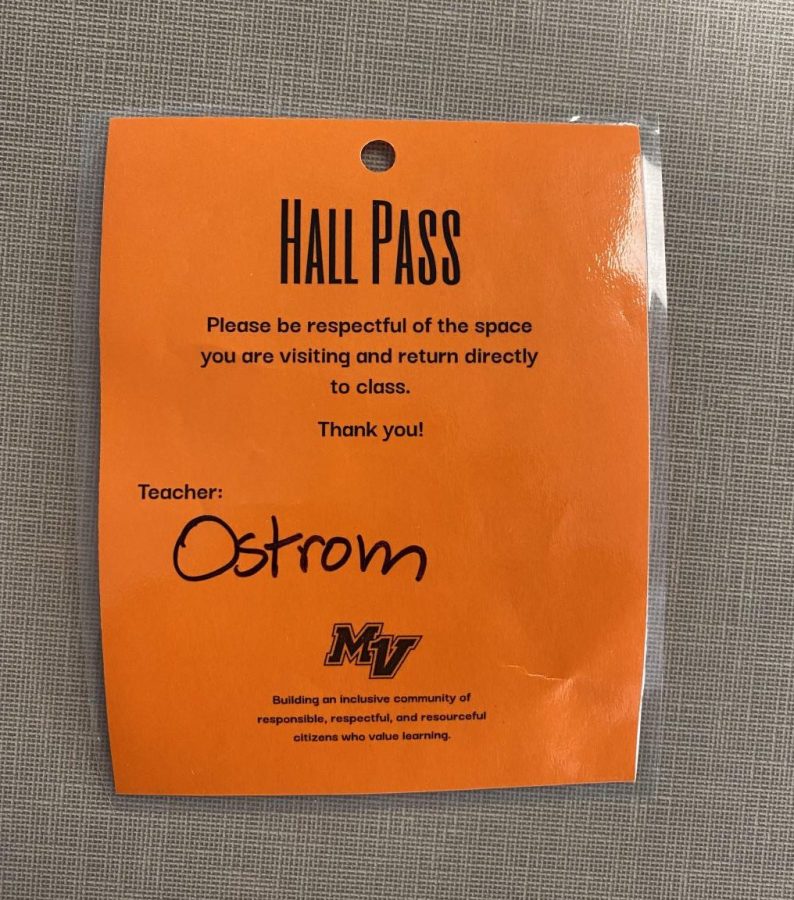
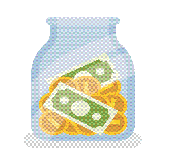
![[DEBATES] Prestigious colleges: value or hype?](https://www.mvviewer.org/wp-content/uploads/2024/12/buildings-1200x654.png)


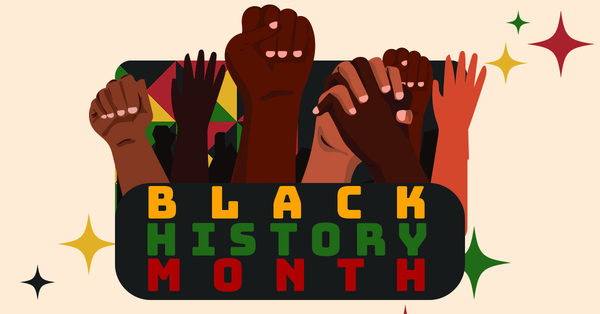





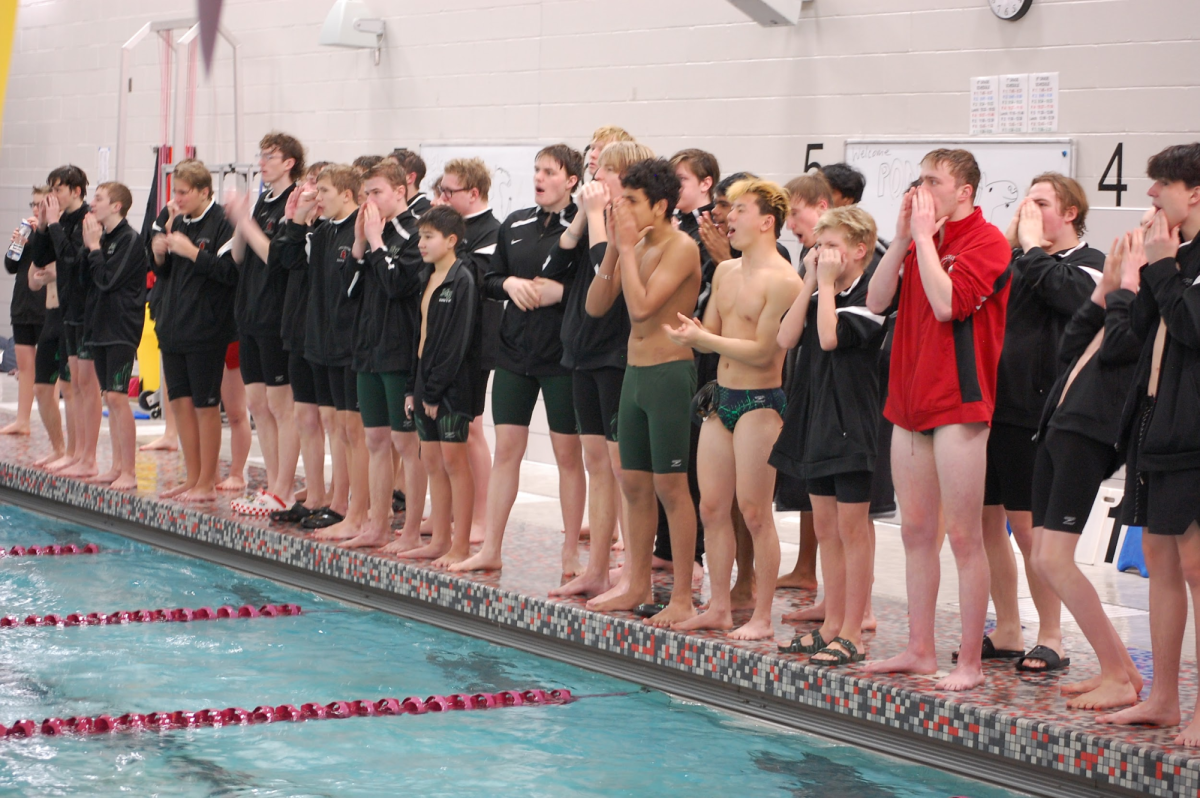



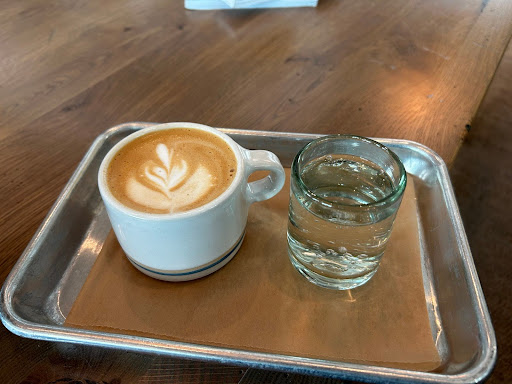













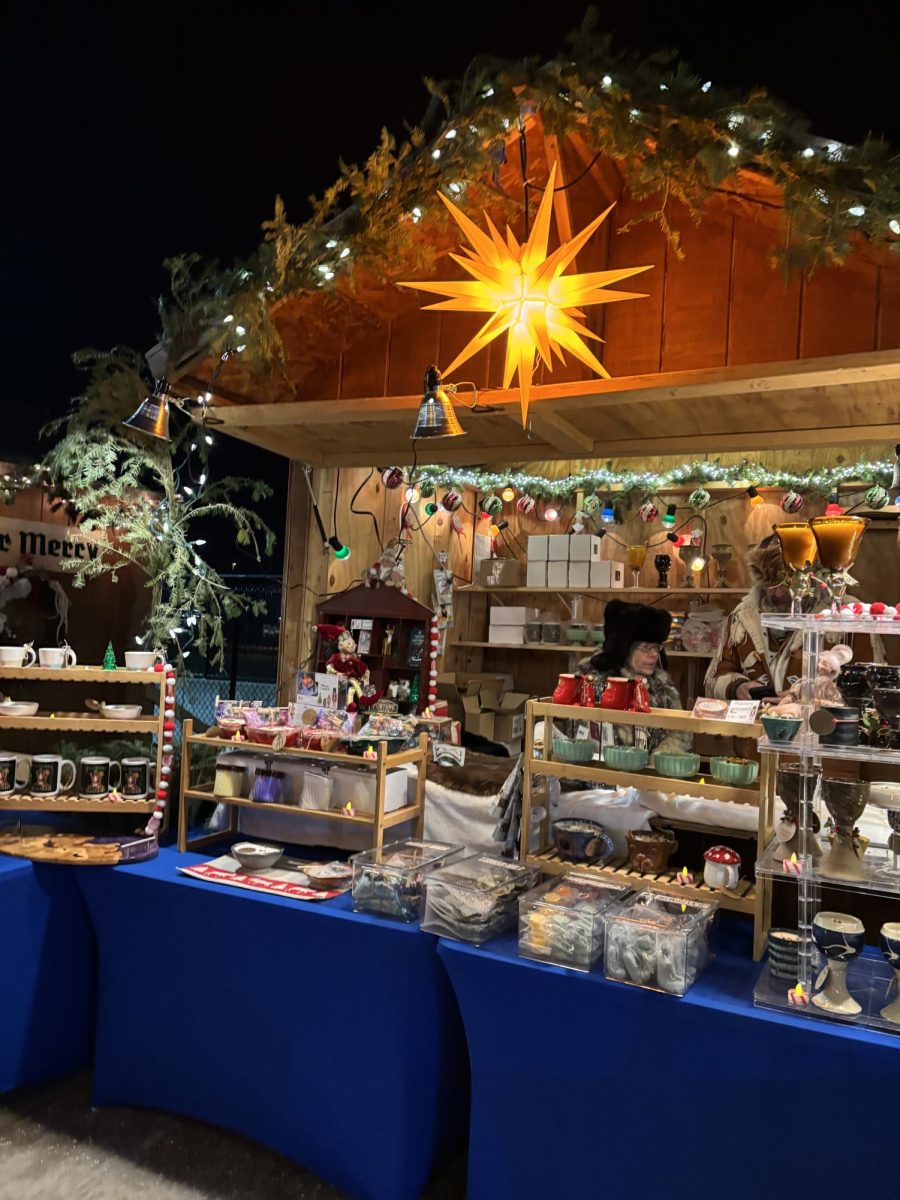
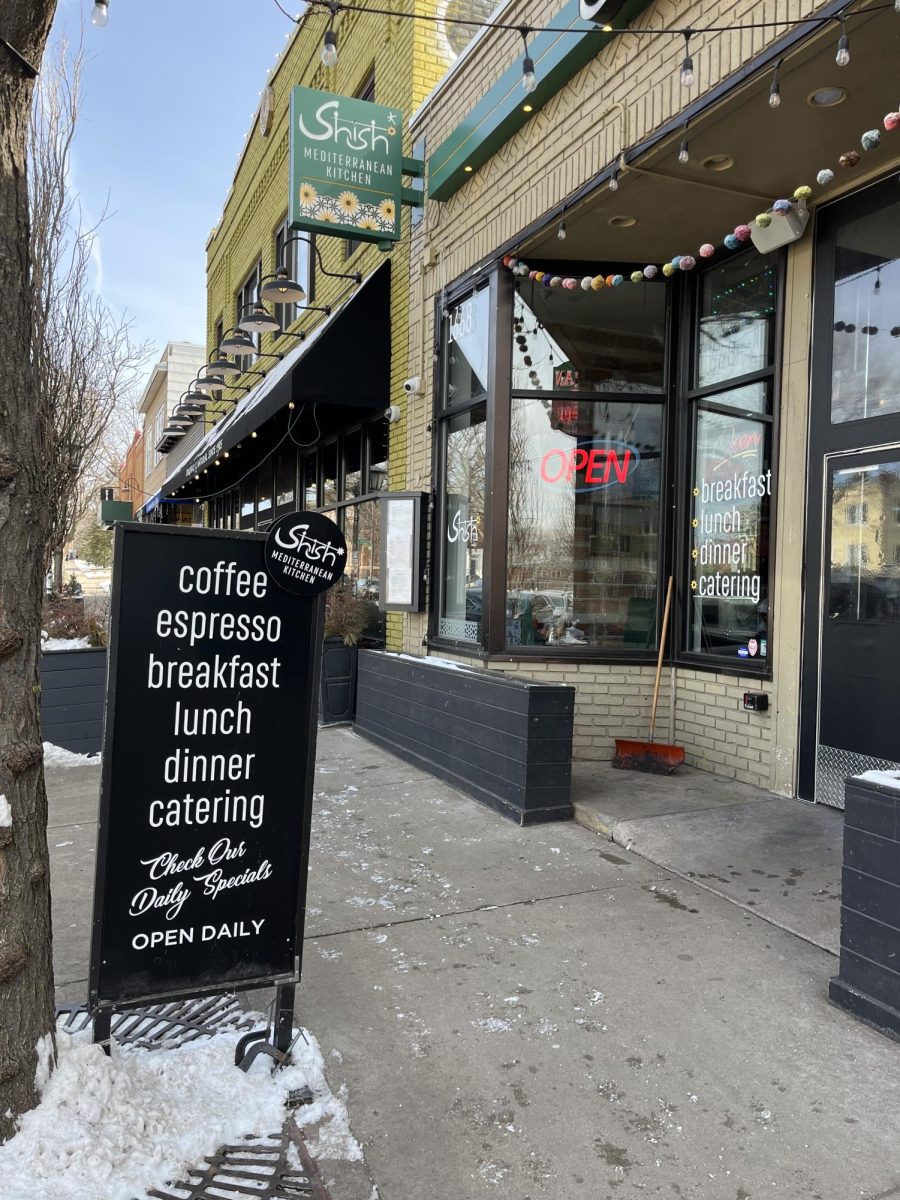

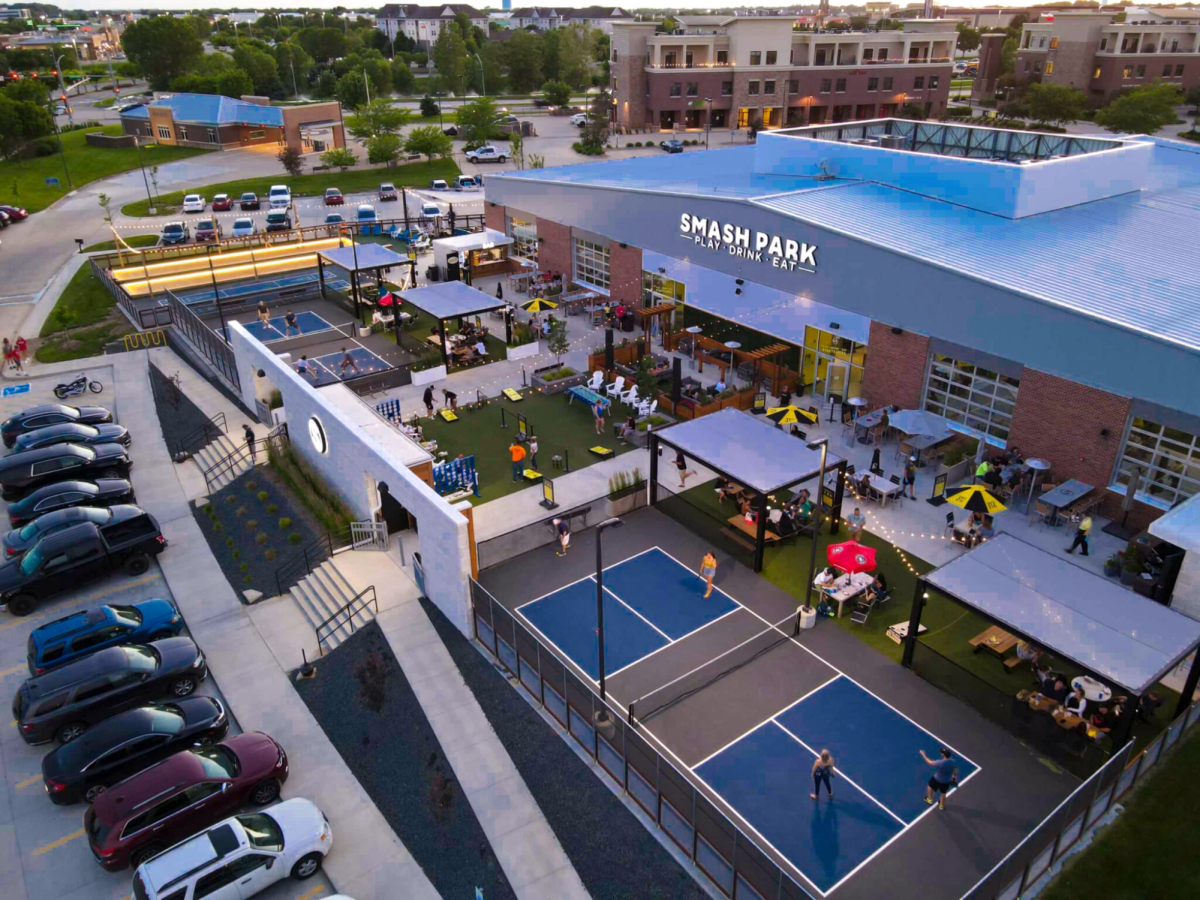

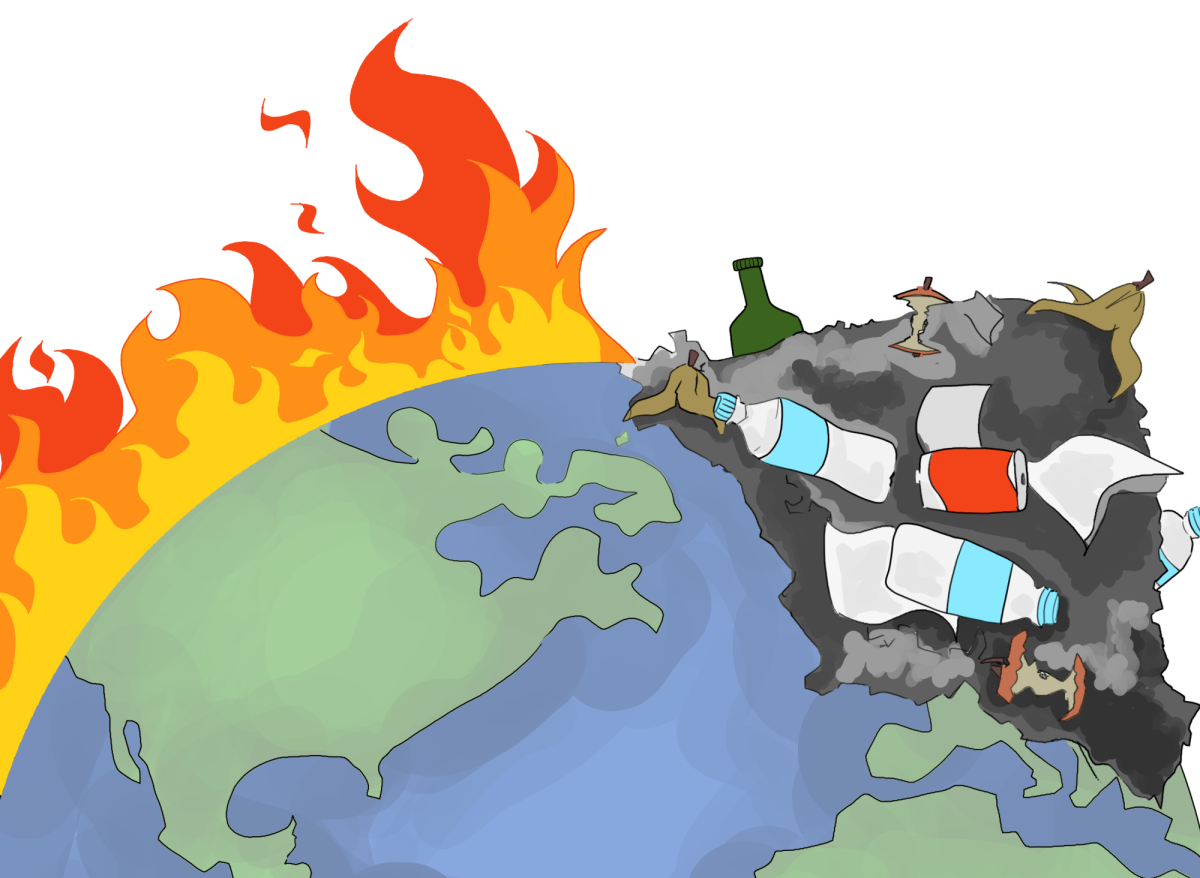


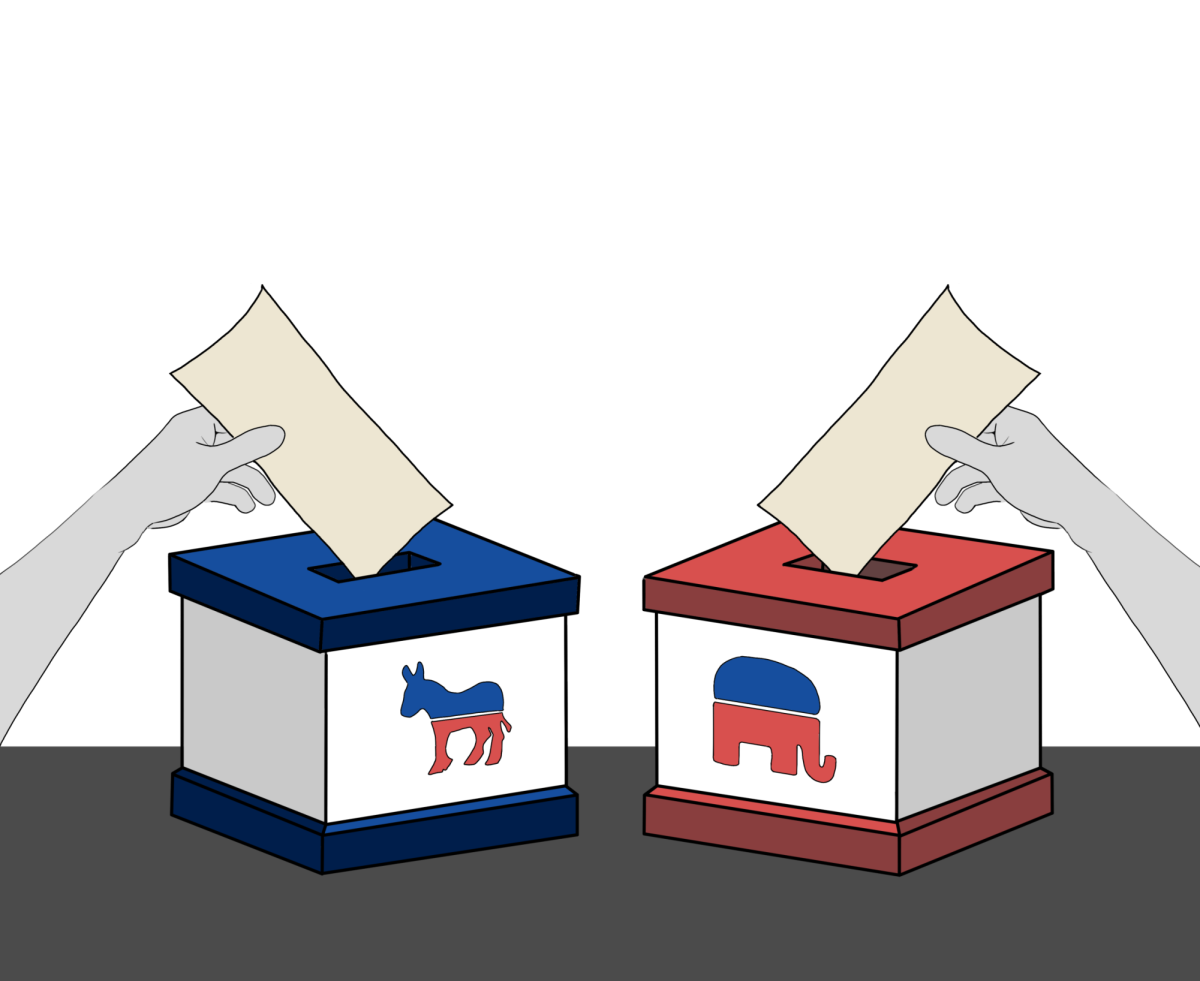
![[OPINION] The dark origins of TikTok's looksmaxxing trend](https://www.mvviewer.org/wp-content/uploads/2024/02/Copy-of-Copy-of-Untitled-Design-1200x675.png)
